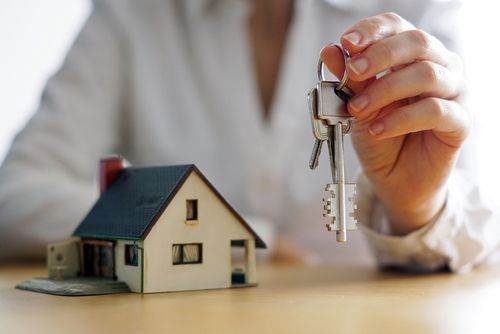Choosing to age in place isn’t just about staying home. It’s about staying connected to what matters most. Support today means more than presence—it’s about purpose, choice, and feeling seen. Services that respect those needs are evolving, and click here to explore options that match your own vision.
How Support Expectations Have Shifted
Conversations around aging now sound different than they did a decade ago. People want support that respects their pace, preferences, and privacy. Instead of structure imposed, they’re seeking care built through choice. Those changes aren’t trends—they’re turning into lasting expectations.
Tailored Guidance Through Trusted Services
Support shouldn’t feel scripted. When services are built to reflect personality, they fit better. That’s where trust grows—when each step feels considered, not assigned. It’s not just about assistance—it’s about shared understanding.
Everyday Assistance That Builds Confidence
Confidence comes from knowing help is there—but not overwhelming. It grows quietly.
- Small tasks completed with thoughtful presence
- Help offered, never assumed or rushed
- Simple routines delivered with care
- Familiarity that builds emotional comfort
With consistent support, people start doing more—because they know they’re never alone.

Support Options You Might Overlook
It’s often the less visible support that makes things easier. These parts matter.
- Subtle check-ins that reduce uncertainty
- Help scheduled to match quiet moments
- Companionship without structured interaction
- Light-touch services that remove stress
These details change everything. They don’t feel heavy—but they quietly make life smoother.
Can Personalized Care Really Feel Independent?
Yes—and not just “a little.” When done well, personalized programs let people lead. They’re not built to replace autonomy, but to support it with subtle, reliable layers. The right care feels like reinforcement, not replacement. And that difference matters more than most realize.
What Do Families Often Ask First?
They usually start with curiosity—wanting to know how natural it will feel. Not about paperwork, but connection. Families ask whether the service will adapt over time. Will it still feel like their loved one is in control? For clarity and reassurance, click here to explore what real flexibility can offer.
Comfort Grows Through Familiar Routines
The small, everyday things shape the tone of life. Being in a known space, following familiar rhythms—it eases tension. When support respects that rhythm, people feel more like themselves. In that familiarity, comfort builds slowly—and stays steady.


